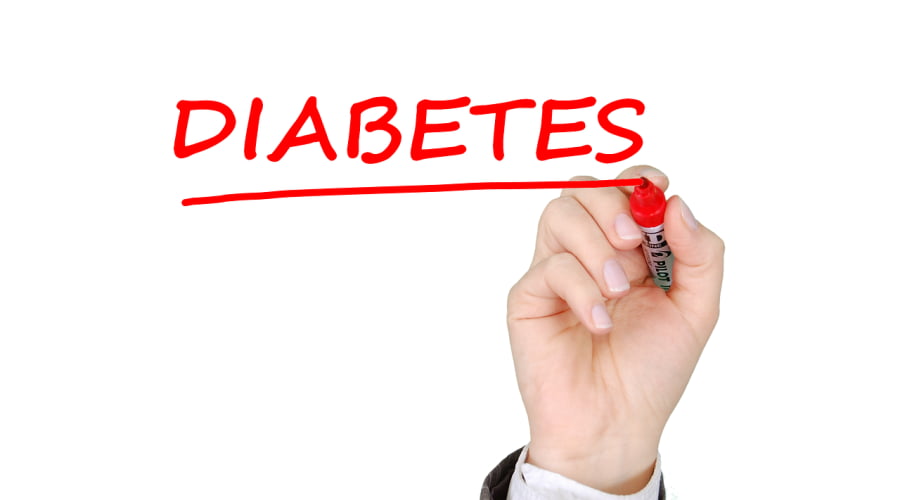
Prediabetes and diabetes are common among patients with HIV infection and can be sufficiently identified via fasting blood glucose or hemoglobin A1C (HbA1C) screening, according to study results published in The Journal of Infectious Diseases.
Researchers conducted a prospective, multicenter, cross-sectional study to investigate the prevalence of prediabetes and undiagnosed diabetes among patients with HIV infection at 3 medical centers in Israel. The researchers also sought to compare the sensitivity and specificity of different diagnostic tests for diabetes and identify HIV- and microbiome-related risk factors for dysglycemia. Study patients were divided into 2 groups, the first (Group A) of which consisted of patients with no known diabetes diagnosis who underwent oral glucose tolerance testing (OGTT), and the second (Group B) consisted of those who were diagnosed with diabetes following HIV onset. Medical, demographic, and laboratory data were collected from electronic health records, and fecal microbiome assessments were conducted using stool samples. Chi-squared testing was used for categorical variables and t-testing or analysis of variance testing were used for continuous variables. Univariate and multivariate regression models were used to determine predictors of prediabetes and diabetes.
A total of 341 patients were included in the study, of whom 248 comprised Group A (mean age, 47.6 years; men, 59.7%; Ethiopian, 34.7%; mean BMI, 26.5 kg/m2) and 93 comprised Group B (mean age, 52.5 years; men, 53.8%; Ethiopian, 58.1%; mean BMI, 29.2 kg/m2).
Among 248 patients who underwent OGTT, 127 showed dysglycemia, of whom 110 had prediabetes and 17 had diabetes.
The combination of fasting blood glucose and HbA1c had a sensitivity of 96.8% and a negative predictive value of 96.75% for predicting diabetes and prediabetes vs the combination of all 3 tests (OGTT, fasting blood glucose, and HbA1c).
The Matsuda index was significantly correlated with BMI (r, -0.238; P <.01) and waist circumference (r, 0.265; P <.01).
In the multivariate analysis, dysglycemia was associated with older age, higher BMI, and more advanced HIV status before antiretroviral therapy initiation, while diabetes was associated with older age, higher BMI, Ethiopian origin, HIV disease duration, and lower CD4+ nadir. Exposure to integrase strand transfer inhibitors was associated with protective effects against dysglycemia and diabetes outcomes.
Glycemic groups did not differ significantly in terms of microbiome diversity, richness, or composition.
The abundance of Firmicutes bacterium AF25-I3AC, and Firmicutes saccharivorans, Phocaeicola plebeius showed correlations with insulin levels at 2 hours (r, 0.38; P <.01), glucose levels at 30 (r, 0.30; P <.01) and 120 (r, 0.27; P <.05) minutes, glucose (r, 0.30; P <.01) and HbA1c (r, 0.27; P <.05) levels at 2 hours, respectively. Uncultured Eubacterium species also showed correlations with glucose (r, 0.29; P <.05) and HbA1c (r, 0.27; P <.05) levels at 2 hours.
Differences in microbiome composition among HIV-positive patients with prediabetes or diabetes were driven by 7 species: Dialister massiliensis, Gardnerella vaginali, Phocaeicola plebeius, Prevotella bivia, Prevotella corporis, Prevotella timonensis, and Ruminococcus JE7A12.
Study limitations include the low rate of diabetes identified in patients who underwent OGTT, the scarcity of stool samples collected from patients with diabetes, the inability to explore the role of specific species in the pathogenesis of hyperglycemia, the lack of a control group, and potential selection bias.
“The signals of specific bacterial species identified as diabetogenic in PLWH [people living with HIV] merits prospective evaluation, as they might be a specific signature for hyperglycemia and diabetes in PLWH,” the researchers concluded.
Disclosures: This research was supported by D-cure and Novonordisk, and multiple study authors declared affiliations with biotech, pharmaceutical, and/or device companies. Please see the original reference for a full list of disclosures.
By Jessica Nye, PhD
References:
Ziv OB, Cahn A, Jansen T, et al. Diagnosis and risk factors of prediabetes and diabetes in people living with HIV- evaluation of clinical and microbiome parameters. J Infect Dis. Published online April 1, 2024. doi:10.1093/infdis/jiae167
Source : Infectious Disease Advisor
Related HIV and Co-Infections News
Get involved
Are you living with HIV/AIDS? Are you part of a community affected by HIV/AIDS and co-infections? Do you work or volunteer in the field? Are you motivated by our cause and interested to support our work?
Subscribe
Stay in the loop and get all the important EATG updates in your inbox with the EATG newsletter. The HIV & co-infections bulletin is your source of handpicked news from the field arriving regularly to your inbox.
